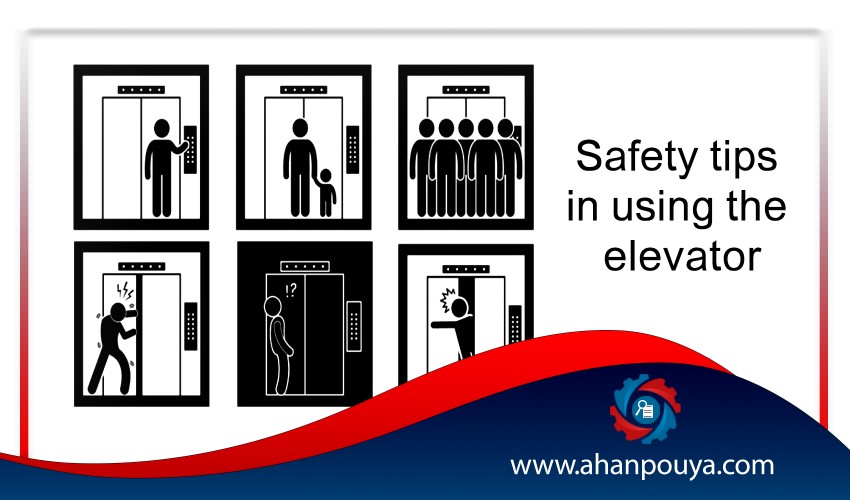
The elevator is one of the most important parts of multi - storey buildings and administrative centres , which if not , makes it difficult for many of us and especially the elderly . However , because an electrical device is a motor vehicle , it has to have sufficient safety . Usually for this purpose , an instruction is written as a standard procedure called an elevator safety instruction that needs to be met in all elevators . Otherwise, the probability of accidents is very high.
As mentioned in the name of this instruction , the main purpose is to improve the safety of the user and prevent dangerous factors . In order to increase the safety of elevators, there are elevator safety tips in the instructions that the installers are required to follow. The first point is that the safety system of the elevator should be thoroughly inspected after installation by the supervising engineers in order to reduce the possibility of accidents and loss of life and property as much as possible.
The elevator is a machine for moving people with different conditions or ages , or between floors of a building , and is based on preliminary adjustment in some classes . The main part of the lift is the cabin , which is based on the required capacity and the location of its application from different sizes and equipment . This cab is installed between vertical rails with a maximum deviation of 15 degrees.
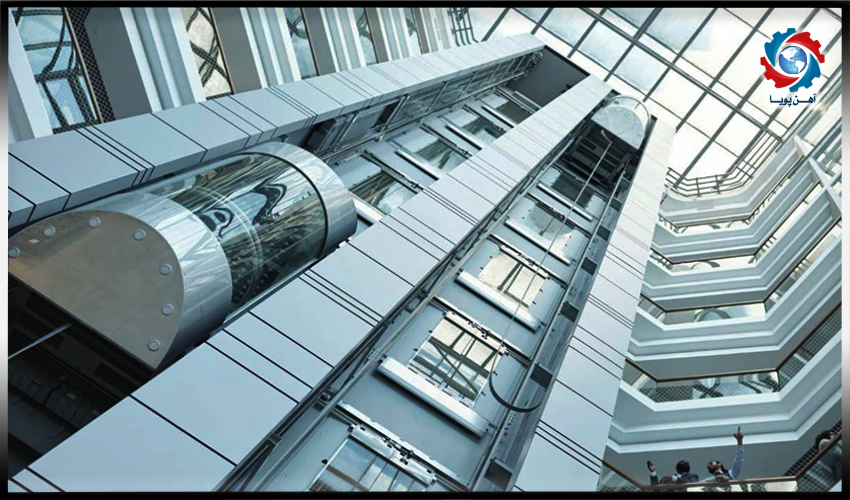
The elevator is an environment that consists of three basic parts :
The engine room is the part where components such as engine, gearbox, elevator control panel and electrical panel are placed.
A well is a part in which equipment such as rails, balance weights, tow ropes related to cab movement or hydraulic wires are placed.
The lowest point of the well is called the well, where equipment such as shock absorbers, sockets, emergency shut-off switch and shock absorber base are located.
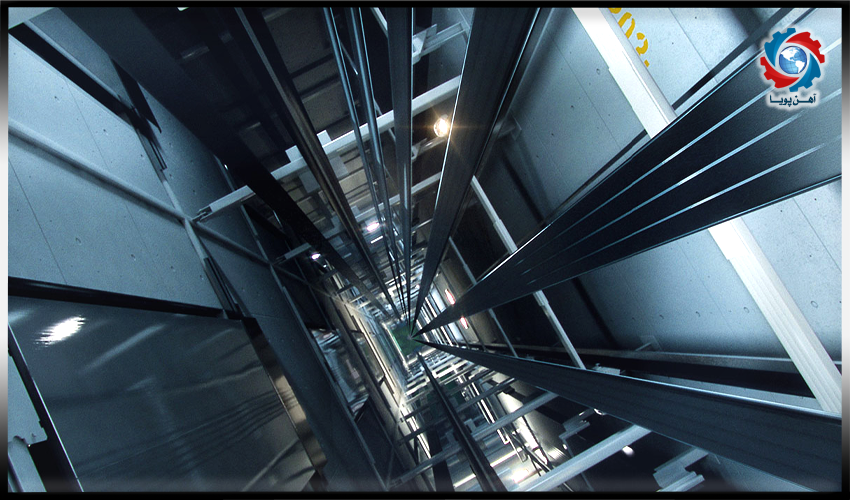
In this type of elevators, the movement of the elevator is based on the friction between the tow wire and the groove of the traction pulley when rotated by the elevator drive system. In fact , most of the motor forces are mechanical , and this type of elevator is one of the simplest elevators .
Today , more of this kind of elevators are used , and the risk of their fall is lower than that of stretching . In this type of elevators, the movement of the cabin is based on cylinders and hydraulic pistons, and it is better to have a balanced weight for better balance. This type of elevator is usually used for speeds and low altitudes . Their drive system can also be direct or indirect . In the direct type, the elevator jack is connected directly to the underside of the cab or yoke next to the cab, but in the indirect type, the movement is due to the displacement of the pulleys on which the tow wire is connected to the cab.
Such elevators are used mostly for cargo handling , which can also be used because of high weight tolerance .
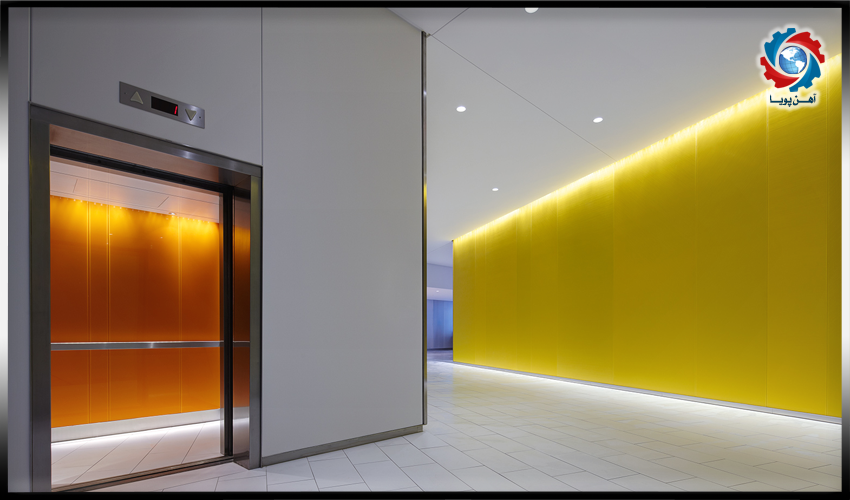
The elevators are also used to displace the cargo and , according to the program , are stopping only on some floors . The dimensions of this elevator do not allow people to use it to move through it.
The elevators are meant to move the car between the classes . Of course , most people use it on the roof of the house , or the parking lot , or the parking lot, and due to space constraints , it is not a ramp .
The first is to check the safety of the elevator shaft. This well, which will later house the elevator room and rail equipment, is very important in creating safety. The lift well has a covered space and its walls, floor and roof must be secured and strong enough.
The walls that are embedded in the elevator should not have any cracks or holes and should be fully flat and smooth . In addition, the floor of the elevator shaft, which is hit like a wall in terms of materials and construction, must be perfectly level. Equipment that attaches to elevator walls include :
1.Balance weight
2.The cabin
3.Towing wires
4.Bumpers
5.Guide rails
6.Governor
7.Tunnel lamps
8.Socket
9.Emergency shutdown key
One of the most important things in elevator safety guidelines is the technical and engineering inspection of their courses, which is usually done by HSE or safety engineers. Because of the need for this study , the use of elevators is frequently used by people with different ages and different weights , which in time can make bugs in the elevator safety . Therefore, if inspection, troubleshooting and troubleshooting are not done, there is a possibility of accidents.
Inspectors should check the following safety parameters during each period of elevator inspection :
1.The elevator load to the elevator and its comparison with the lift weight
2.The speed of the elevator
3.The height of the route (length of the route) and the number of stops and the location of the stops
4.Dimensions of elevator shaft, cabin and engine room
5.Main voltage and number of elevator starts per hour
6.Elevator control system
7.Elevator door system, entry and exit and control stop type
8.Number of elevators
9.Environmental conditions of elevator operation
10.Safe cabin suspension and balance weights, including tow ropes or chains
11.Safety of electric motor, gearbox, brake, traction pulley, electric motor chassis, couplings, fittings, clamps or frame
12.The safety of the suspension and guides that guide the cab on the road, the safety system (safety brake or parachute), the cab door and its actuator
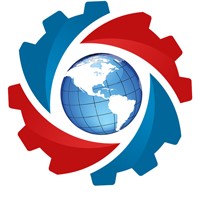
Ahan Pouya with more than a decade of best-selling experience, adheres to professional and ethical principles in the field of selling and buying at inside and outside the borders of Iran, helping you in the steel industry.